Carbon capture and storage (CCS) projects can pose great financial risks for taxpayers, as well as health and safety risks for nearby communities. Leaks at Archer Daniels Midland’s (ADM) sequestration facility—the first commercial sequestration site in the country and a recipient of significant federal subsidies—highlight the potential long-term liabilities and fiscal pitfalls of CCS for taxpayers.
ADM’s facility captures CO2 from its Decatur Corn Processing Plant, an ethanol production facility in Illinois, and injects it underground into the Mount Simon Sandstone Formation. Since CO2 injections began more than seven years ago, ADM has sequestered more than 4.5 million metric tons. But on September 13, 2024, news broke that the site leaked 8,000 metric tons of liquid CO2 into the underground rock formation just 5 to 6 miles from the boundary of the Mahomet Aquifer—raising serious concerns for the nearly one million Illinois residents who rely on the aquifer as their sole source of drinking water.
ADM’s project has received substantial federal support. The Department of Energy (DOE) awarded ADM $141.4 million in grants for the project’s development. ADM’s commercial operations also build on the Illinois Basin-Decatur Project (IBDP), a DOE-funded initiative led by the University of Illinois that received $66.7 million in taxpayer subsidies to test commercial-scale deployment of carbon sequestration. Like the current project, the IBDP used CO2 from ADM’s ethanol production facility and injected it at the same site. That pilot project concluded in 2014 after injecting one million metric tons of CO2. ADM now uses the IBDP’s injection and verification wells to monitor its commercial operations.
ADM also likely benefited from the lucrative 45Q tax credit, which offered $20 for every ton of CO2 sequestered. According to data reported by ADM to the Environmental Protection Agency (EPA), the facility sequestered nearly 3 million metric tons between 2017 and 2022—likely generating around $70 million in 45Q payouts. However, because the sequestration operation sources CO2 from ADM’s ethanol plant, whose CCS equipment was installed before 2018, ADM may no longer be eligible for 45Q unless the ethanol plant installs additional CCS equipment or the sequestration facility begins receiving CO2 from other qualifying capture facilities.
- JHVEPhoto/Shutterstock.com

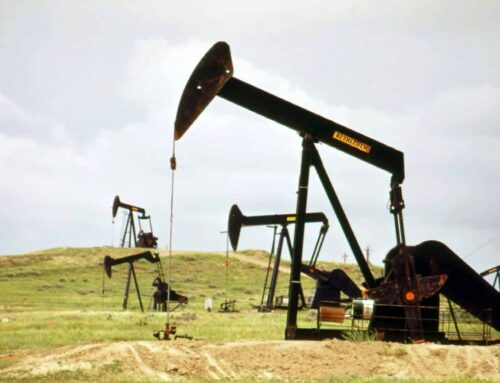
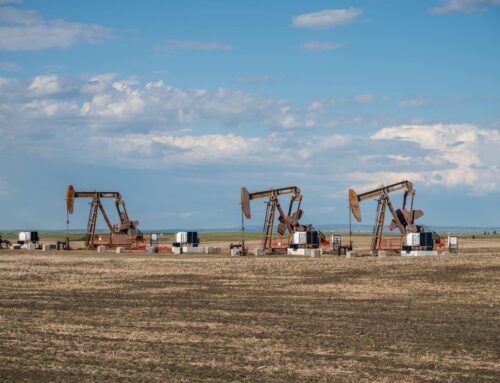



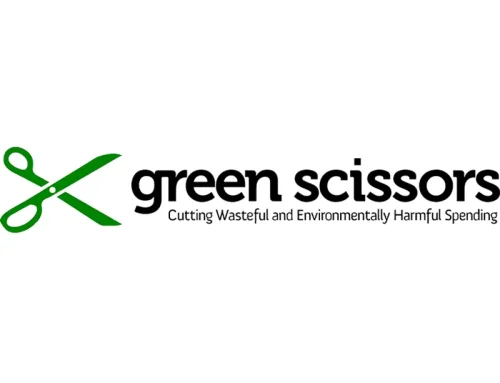
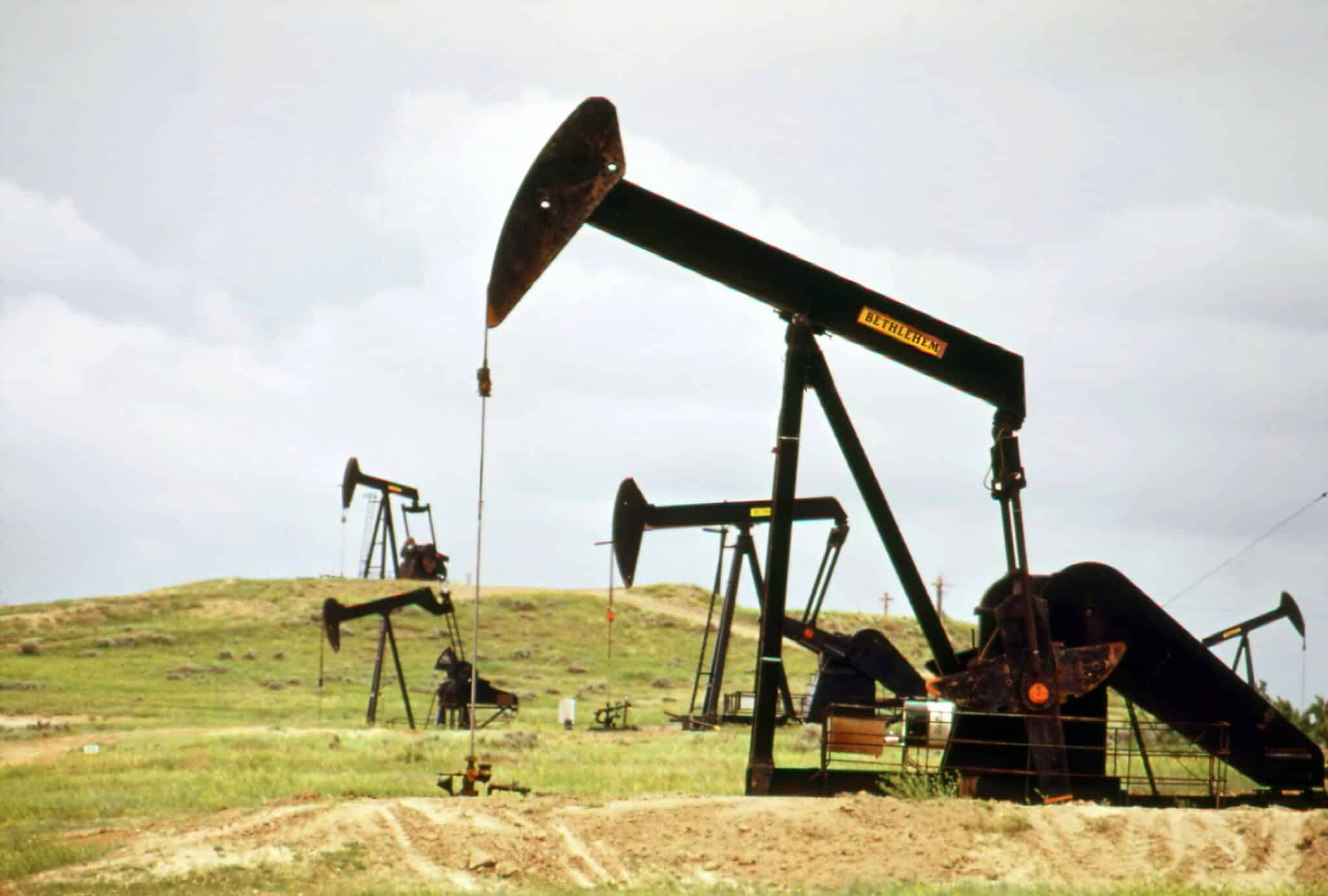


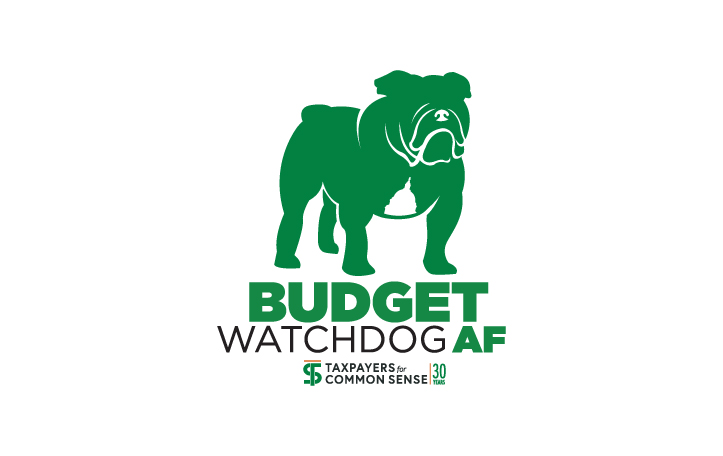
Get Social